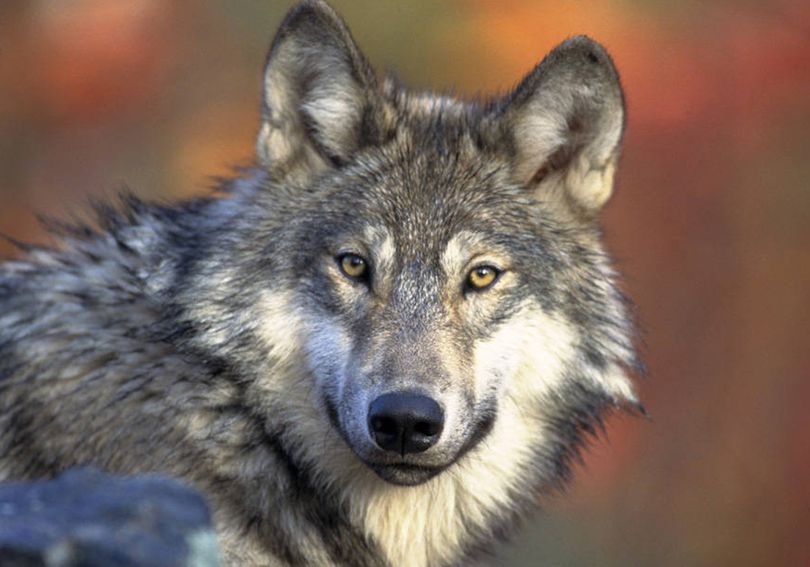Idaho wolves far exceed minimum levels for 16 years

PREDATORS -- Despite allowing hunting and trapping for wolves, Idaho has far exceed federal gray wolf recovery levels of 100 wolves and 10 breeding pairs for 16 consecutive years, the Idaho Fish and Game Department's top official says.
"The bottom line is that Idaho has a healthy, sustainable wolf population that is over seven times higher than the federal recovery goal," said director Virgil Moore in a media release.
Following is Moore' assessment of the state's management since wolves were reintroduced in the state by U.S. Fish and Wildlife Service in 1995 and 1996.
When Idaho Fish and Game took over wolf management in 2011, the wolf population had grown unchecked for more than a decade after reaching federal recovery levels of 10 breeding pairs and 100 wolves eleven years earlier. This was due to repeated lawsuits that stalled delisting and delayed transfer of wolves to state management.
As a result, wolf conflicts with livestock and elk populations were rampant in most parts of Idaho north of the Snake River and livestock producers and hunters grew increasingly frustrated.
After five years of state management of wolves in Idaho, we’re seeing positive results:
- In 2010, the year before wolves were delisted, there were 109 confirmed wolf depredations on livestock in Idaho. Now livestock depredations by wolves are down by almost 50 percent (59 in 2015).
- The most recent livestock attack by wolves occurred last October. We haven’t had a depredation-free stretch last this long since 2004.
I’m also pleased to report Idaho’s elk herds are rebounding too, but there are still some places in Idaho where predation impacts are unacceptable. Conflicts are decreasing because regulated wolf hunting and trapping seasons are helping us balance predator and prey populations.
As I write this, Fish and Game scientists are conducting the latest wolf population surveys. While these are not yet complete, it’s obvious we far exceed federal recovery levels of 100 wolves and 10 breeding pairs, and have met these levels for at least 16 years in a row.
The bottom line is Idaho has a healthy, sustainable wolf population that is over seven times higher than the federal recovery goal. Idaho Fish and Game has proven we can responsibly manage wolves, provide regulated hunting and trapping opportunity, and reduce conflict. That is good both for the people of Idaho and our wildlife, including wolves.
In a few short months, the federal 5-year post-delisting oversight window will close and Idaho will continue to sustainably manage its wolves.
A few advocacy groups are determined to keep federal oversight in place and their lawyers are already publishing articles making all sorts of claims that simply aren’t true. Professional wildlife scientists at Idaho Fish and Game monitor Idaho’s wolf population and all our monitoring reports are available on our website. The 2015 report will be available in early April.
We at Fish and Game are proud of our demonstrated ability to scientifically manage wolves and elk. We will continue to do so in a manner that upholds our mission to preserve, protect, perpetuate and manage our wildlife.
Many wolves have been radio collared for research and monitoring since they were reintroduced into Idaho. Idaho Fish and Game currently has collars on about 75 wolves, and crews are in the process of adding about 20 more this month.
Attaching radio or GPS collars on wolves provides valuable information about these nomadic animals that’s important to know for both population estimates and the knowing where animals gather during key times of year, such as denning, birthing and raising pups.
Idaho estimates conservatively that there were about 770 wolves in the state at the end of 2014. The counts for 2015 will be tabulated by April.